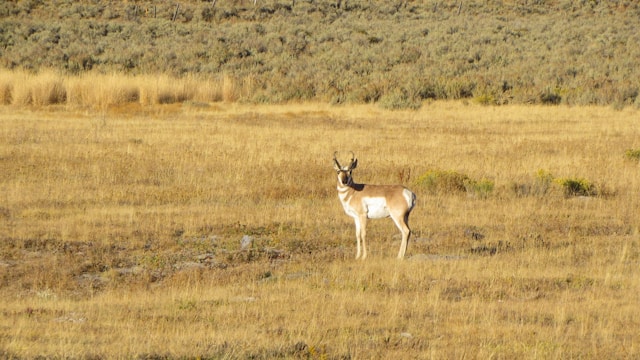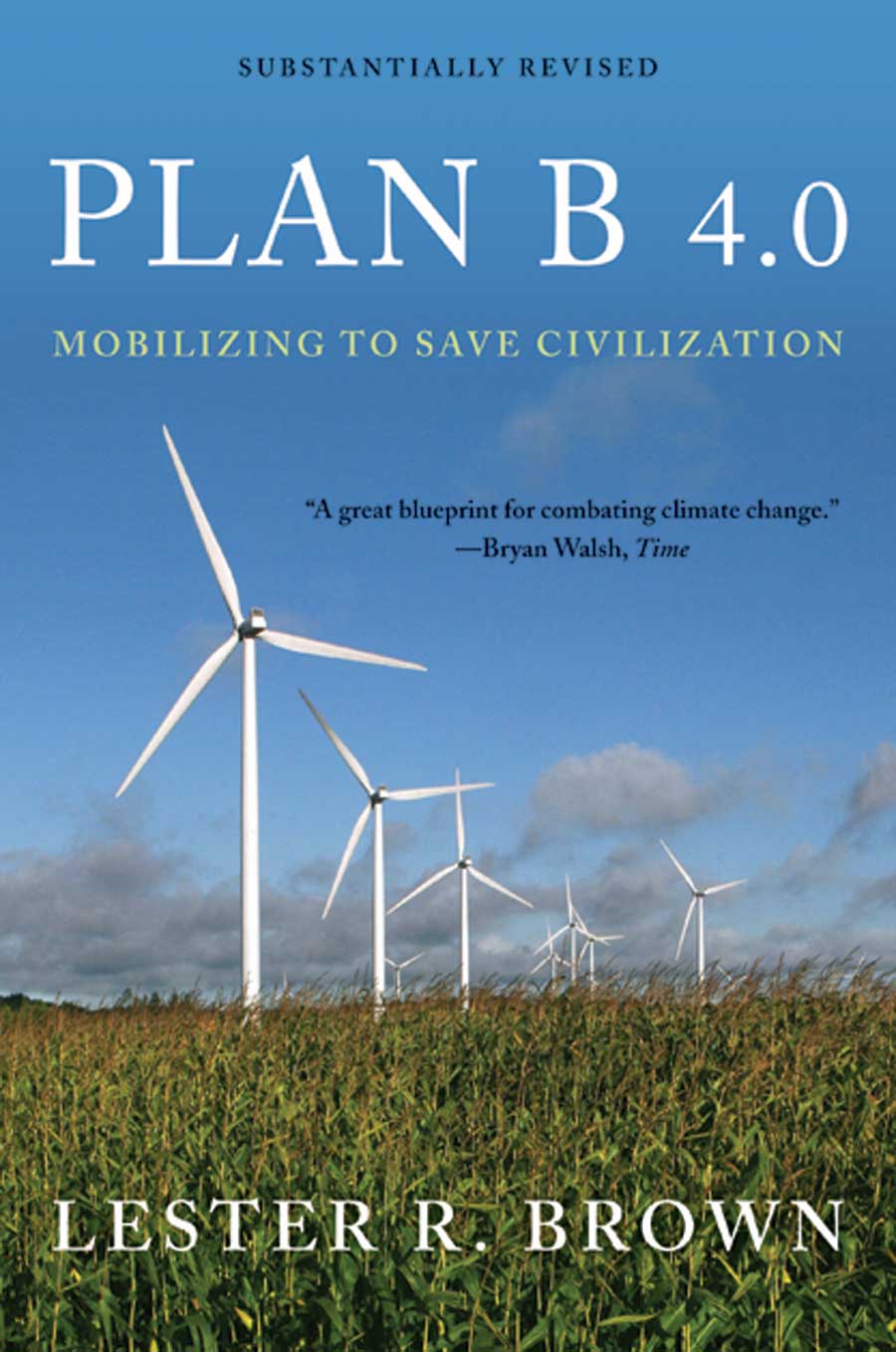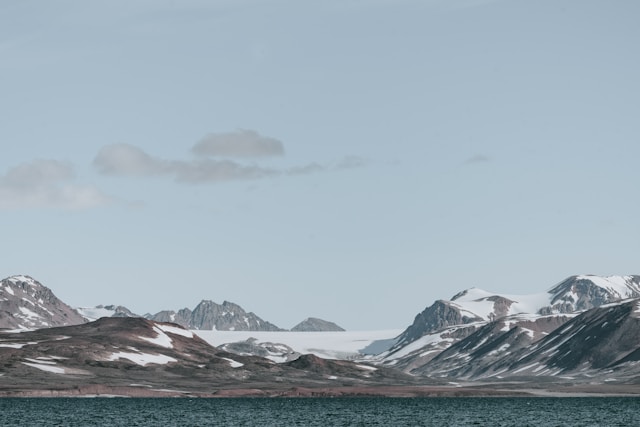By Max Wilbert / Deep Green Resistance
Lester Brown’s exhaustively researched book, Plan B 4.0 – Mobilizing to Save Civilization, is a bold and impressive effort to chart a course to ecological sustainability, one of very few books that attempts this worthwhile goal. Brown lists 4 steps that Plan B 4.0 focuses on to achieve sustainability:
Stabilize climate by cutting emissions by at least 80% by 2020 Stabilize population at 8 billion or lower Eradicate poverty Restore natural earth systems (soil, aquifers, forests, grasslands, oceans) These are excellent goals to begin with, and show that Brown is extremely serious about his mission, and is truly concerned about justice and the welfare of the human population. They also show that he understands one of the fundamental obstacles to true change – the interlocking relationship between environmental destruction and human exploitation. For example, Brown calls for debt relief for poor nations – an admirable position against the interests of international financiers and for the interests of poor and exploited people. Few analysts truly understand this relationship at both a theoretical and real-world level, and Brown moves beyond the average call for sustainability by acknowledging the seriousness of this issue.
...




